Certain artworks have the power to change how we see the world. Across history, some pieces have redefined artistic boundaries and inspired countless creators. These works challenged traditions, introduced new techniques, and captured the spirit of their times. Each one left a lasting mark on the visual arts, shaping styles and trends that followed. From ancient sculptures to modern paintings, these pieces stand out as true game-changers.
Mona Lisa by Leonardo da Vinci (c. 1503-1506)
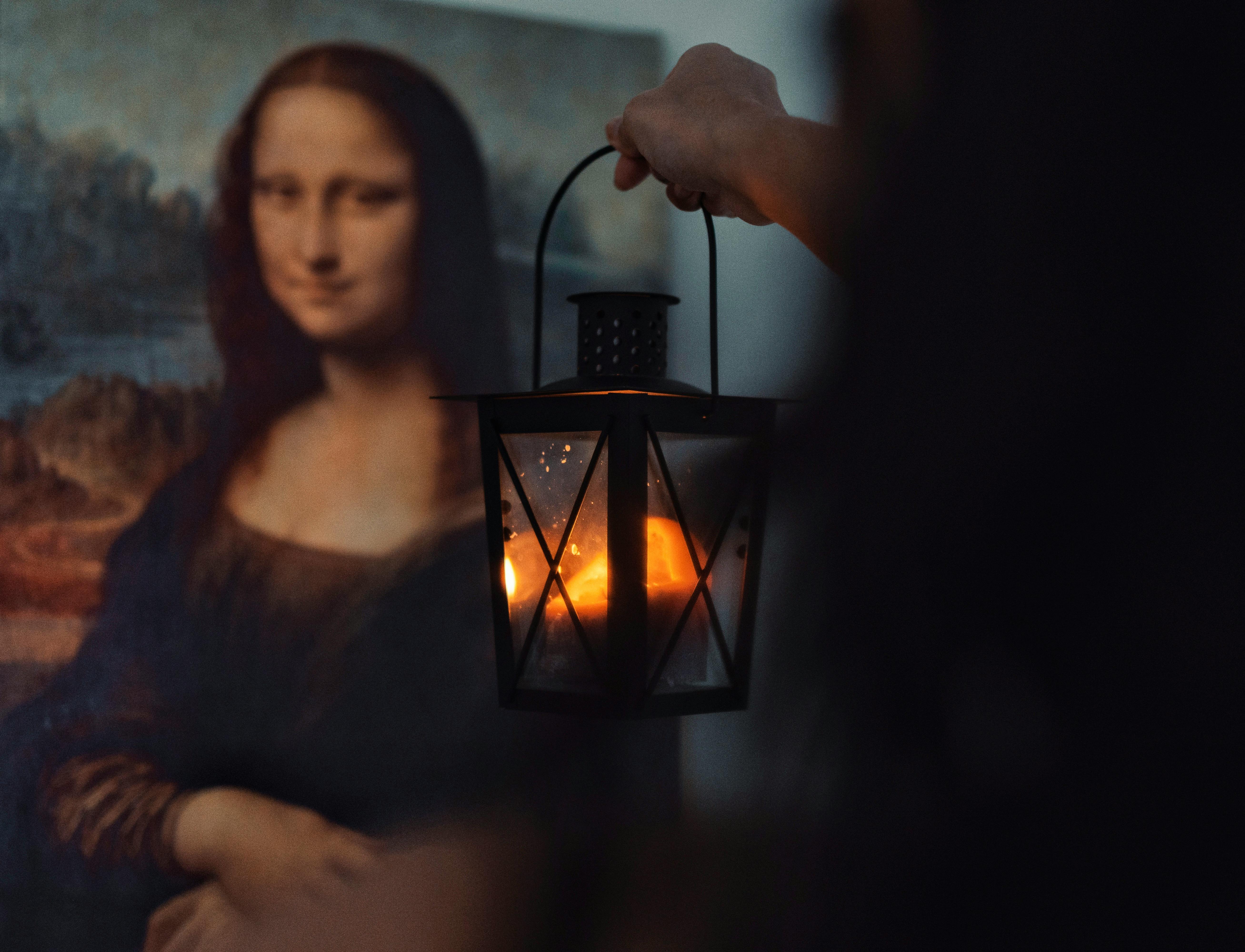
Created during the Renaissance, Mona Lisa is a masterpiece by Leonardo da Vinci that changed portrait painting forever. Painted on a wooden poplar panel, it showcases Leonardo’s groundbreaking use of sfumato, a technique that softens lines and adds depth. The mysterious smile and gaze of the subject have intrigued viewers for centuries, creating a lasting sense of wonder. Today, the Mona Lisa is one of the most recognized and analyzed works of art globally, representing an ideal of artistic mystery and skill. It continues to influence artists, photographers, and storytellers alike, embodying the allure of fine portraiture.
Starry Night by Vincent van Gogh (1889)
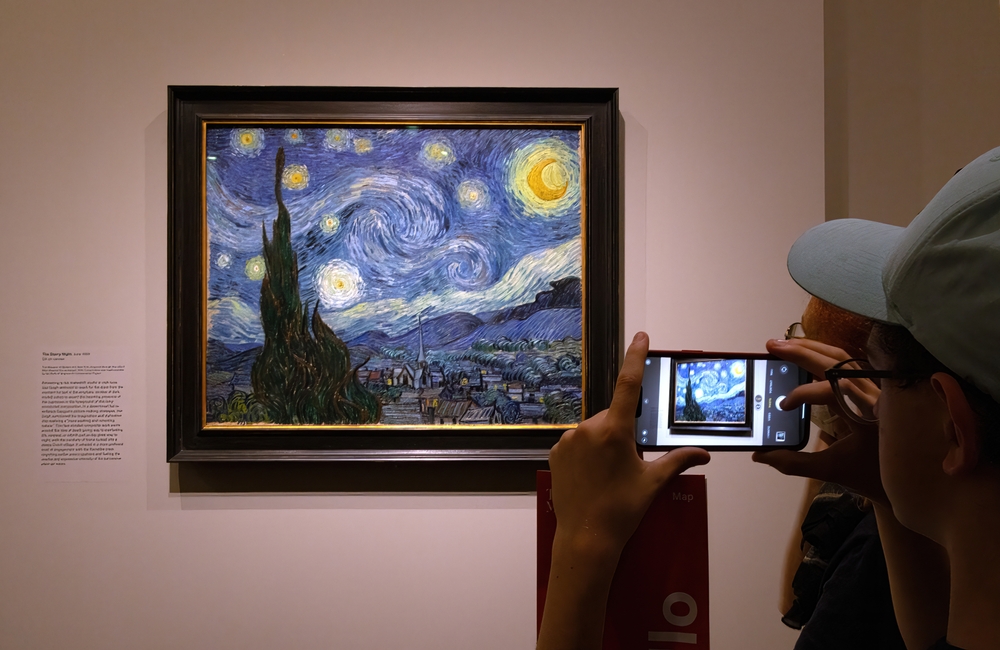
Vincent van Gogh’s Starry Night, painted with oil on canvas, is one of the most iconic works in art history. It portrays a dreamy, swirling night sky over a quiet village, capturing van Gogh’s emotions and unique view of the world. His expressive brushstrokes and use of intense colors set a new standard for emotive landscapes. Starry Night challenges realism, showing that art can reflect the internal world as much as the external. Today, it stands as a symbol of the power of personal expression and is celebrated for its vibrant energy and emotional depth.
The Birth of Venus by Sandro Botticelli (c. 1485)
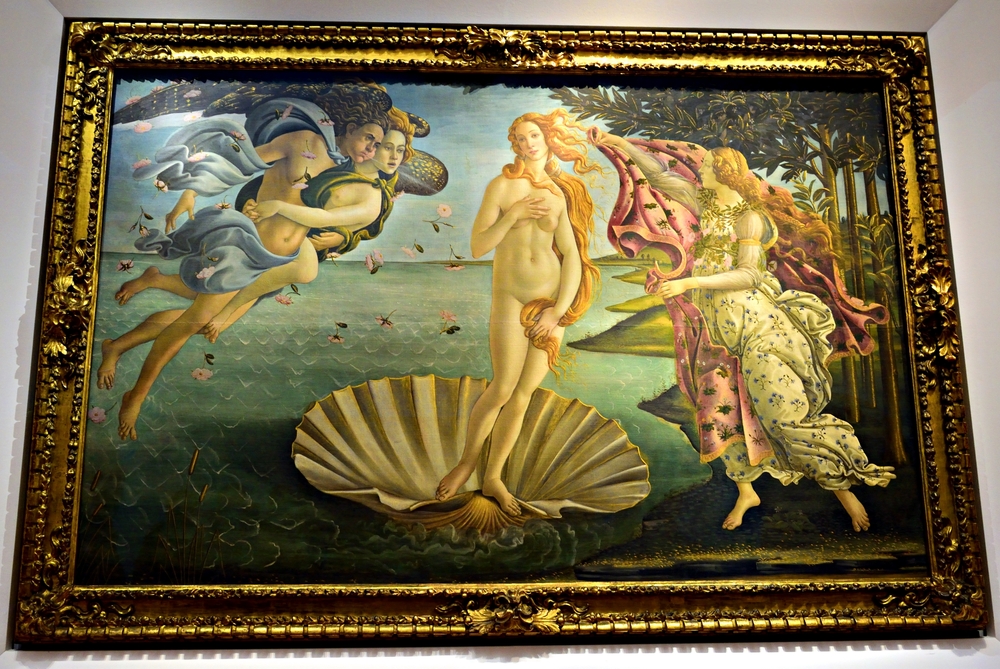
Created during the Italian Renaissance, Botticelli’s The Birth of Venus is a painting on canvas that celebrates beauty and mythology. It shows the goddess Venus emerging from the sea, a scene inspired by classical mythology, painted with delicate colors and graceful forms. This artwork reintroduced mythological subjects to Western art, promoting the beauty of the human form. It’s now iconic for its celebration of beauty, femininity, and classical ideals. The painting continues to inspire works that explore the beauty of myth, human nature, and symbolism.
The Persistence of Memory by Salvador Dalí (1931)
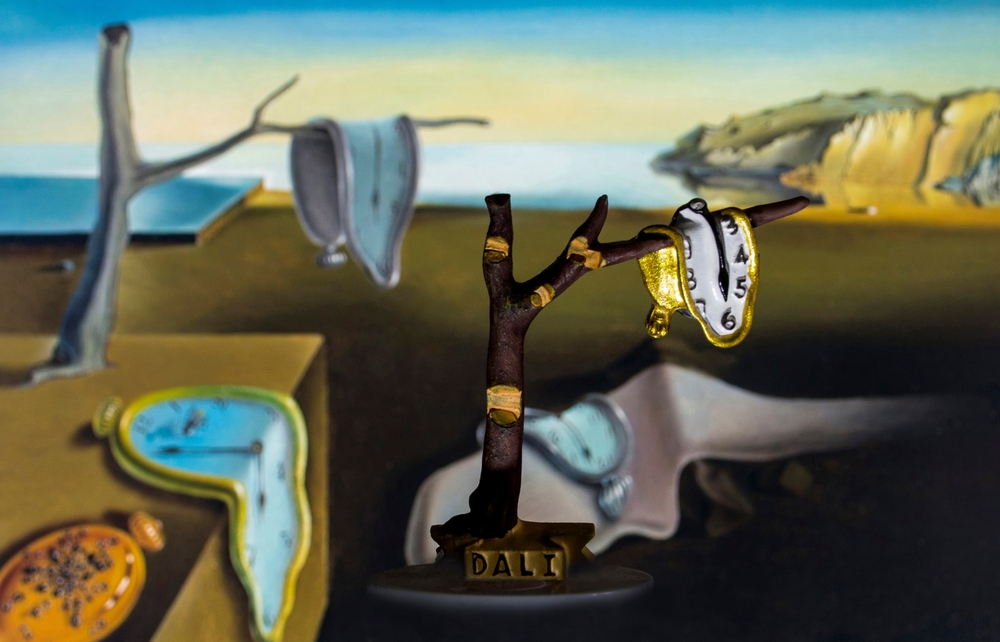
Salvador Dalí’s surreal The Persistence of Memory is known for its melting clocks, challenging perceptions of time and reality. Painted in oil on canvas, this work uses vivid, surreal imagery to explore themes of memory and the subconscious. Dalí’s dreamlike style broke artistic conventions and made surrealism more widely understood and appreciated. Today, the painting is a cultural icon, symbolizing the fluid nature of time and reality. It encourages viewers to question their own perceptions and remains influential in surrealist art and popular culture.
Guernica by Pablo Picasso (1937)

Painted on a large canvas, Guernica is a powerful anti-war statement created by Pablo Picasso in response to the bombing of the Spanish town of Guernica. Its monochromatic palette and fragmented figures convey horror and anguish, rejecting the glorification of war. Picasso’s use of cubism in this work brought abstract art to the public consciousness as a tool for social commentary. Guernica has since become a universal symbol of the horrors of war and a rallying cry for peace. It continues to resonate today, inspiring protest art and movements worldwide.
The Last Supper by Leonardo da Vinci (c. 1495-1498)
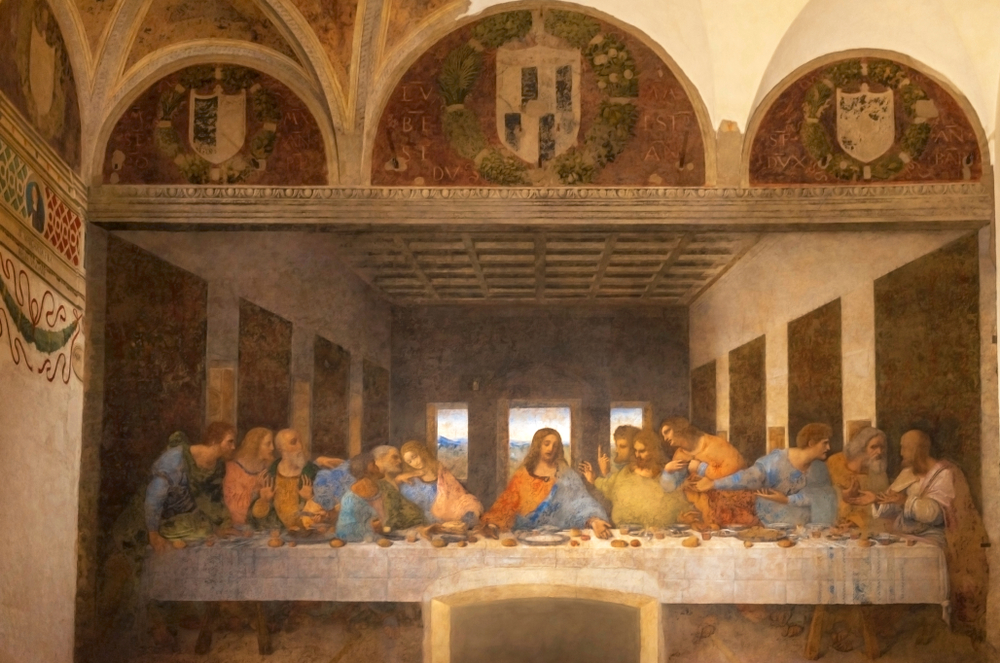
Leonardo da Vinci’s The Last Supper, painted directly onto a wall using a unique but fragile fresco technique, depicts the moment Jesus announces his betrayal. The artwork revolutionized the depiction of religious subjects with its dramatic composition and detailed expressions. Da Vinci’s exploration of human emotion and perspective made this a groundbreaking work in Western art. Despite its deterioration over time, it remains a vital piece of art history and a symbol of faith and redemption. It continues to inspire religious and secular works that explore themes of loyalty, betrayal, and sacrifice.
The Scream by Edvard Munch (1893)
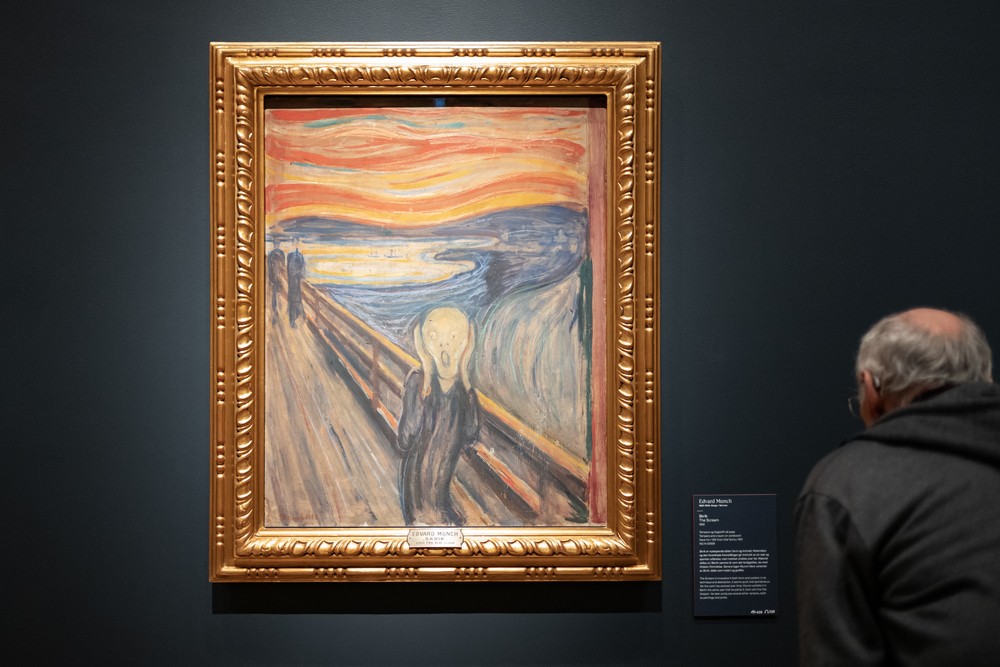
Painted with tempera and pastels on cardboard, Edvard Munch’s The Scream captures a haunting, visceral moment of existential dread. Its distorted figure and swirling colors symbolize the anxieties of modern life, breaking away from traditional realism. Munch’s expressive style foreshadowed the emotional intensity of Expressionism and resonated deeply with the cultural mood of the time. The Scream is still seen as a representation of inner turmoil and universal anguish. It has since influenced generations of artists, becoming a visual shorthand for raw emotion.
Girl with a Pearl Earring by Johannes Vermeer (c. 1665)
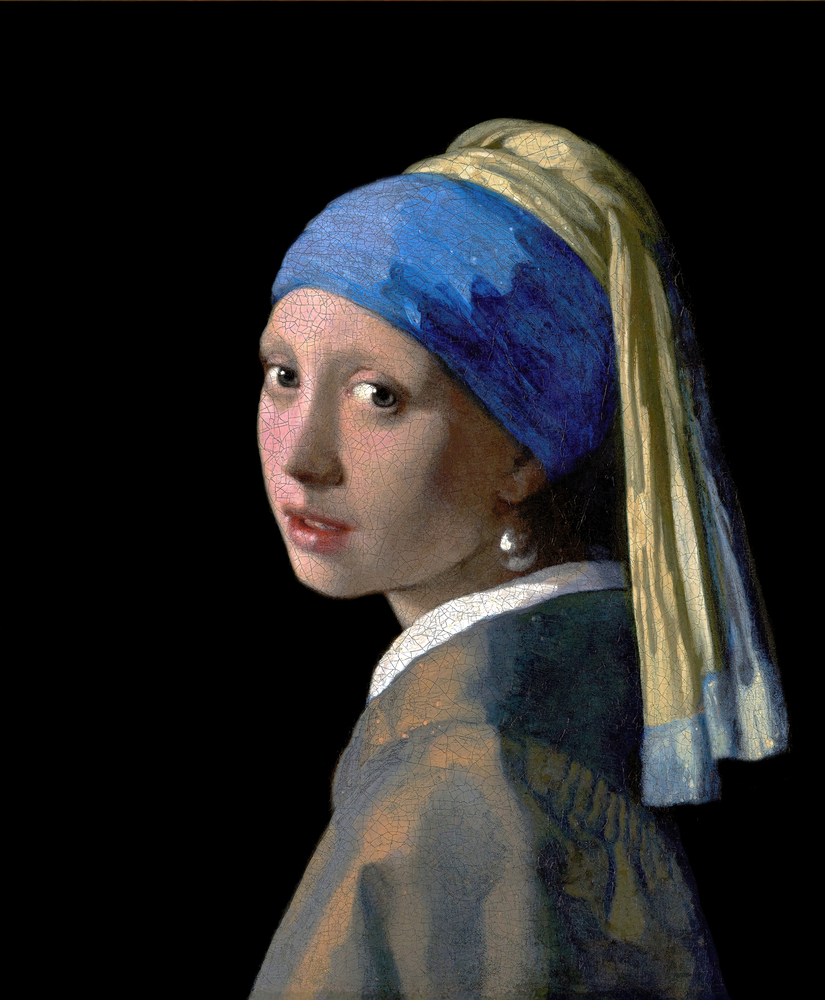
Often called the “Mona Lisa of the North,” Vermeer’s Girl with a Pearl Earring is a tronie (character study) painted with oil on canvas. This delicate piece focuses on a young girl with a striking, mysterious expression and a prominent pearl earring, using light masterfully to create a soft, lifelike effect. Vermeer’s attention to detail and intimate portrayal redefined portraiture in Dutch Golden Age art. Today, it’s celebrated for its simplicity and allure, sparking curiosity about the subject’s identity and story. The painting continues to influence modern portraiture and is widely admired for its technical beauty.
David by Michelangelo (1501-1504)
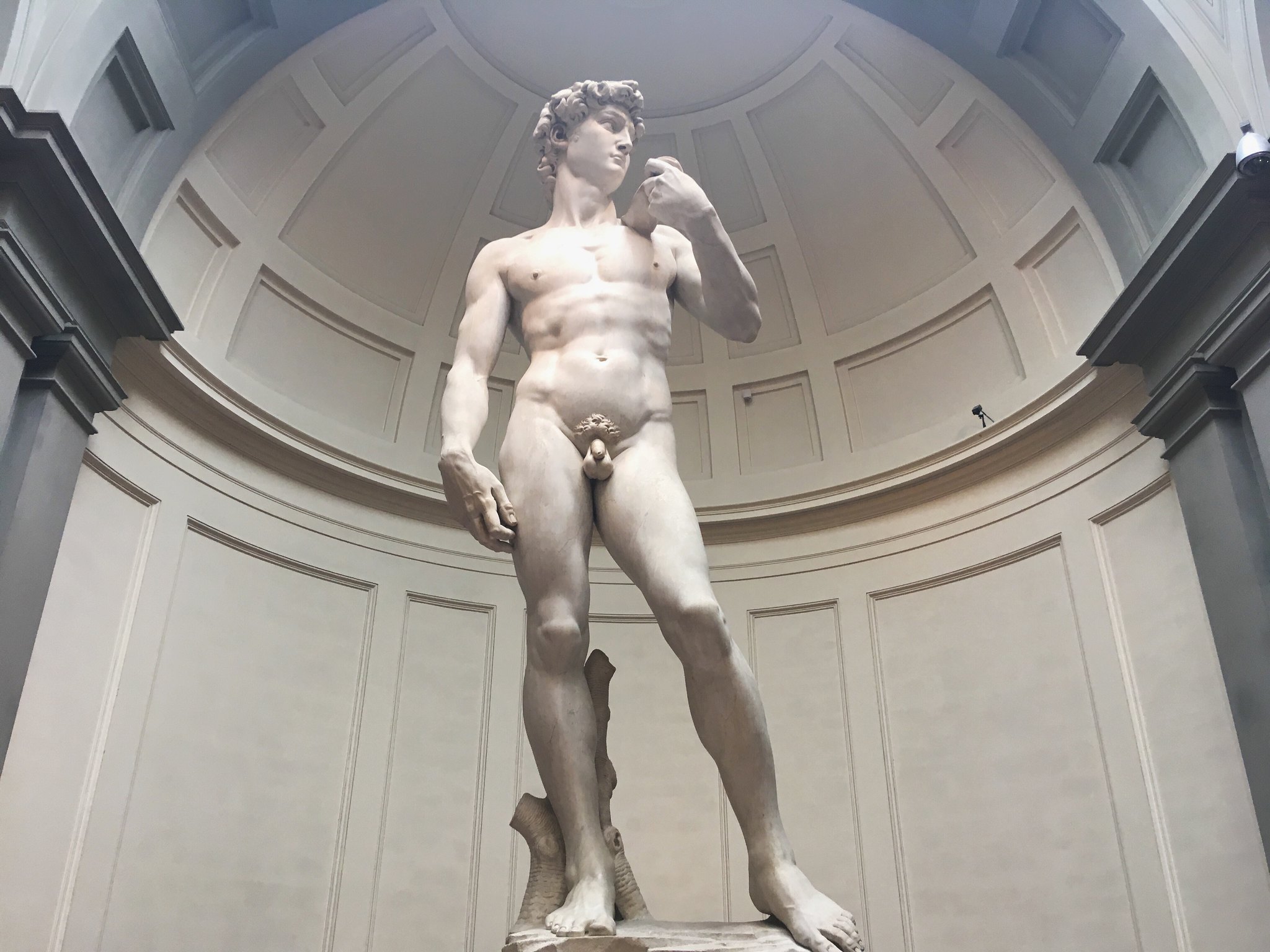
Carved from a single block of marble, Michelangelo’s David is a Renaissance sculpture that embodies human strength and beauty. Standing over 17 feet tall, it represents the biblical hero David, captured in a moment of calm before his battle with Goliath. Michelangelo’s skill in depicting anatomy brought new life to the art of sculpture, setting a standard for lifelike realism. David symbolizes the potential and dignity of humanity, influencing both Renaissance and modern sculpture. It remains a celebrated figure of physical perfection and artistic mastery.
The Night Watch by Rembrandt (1642)
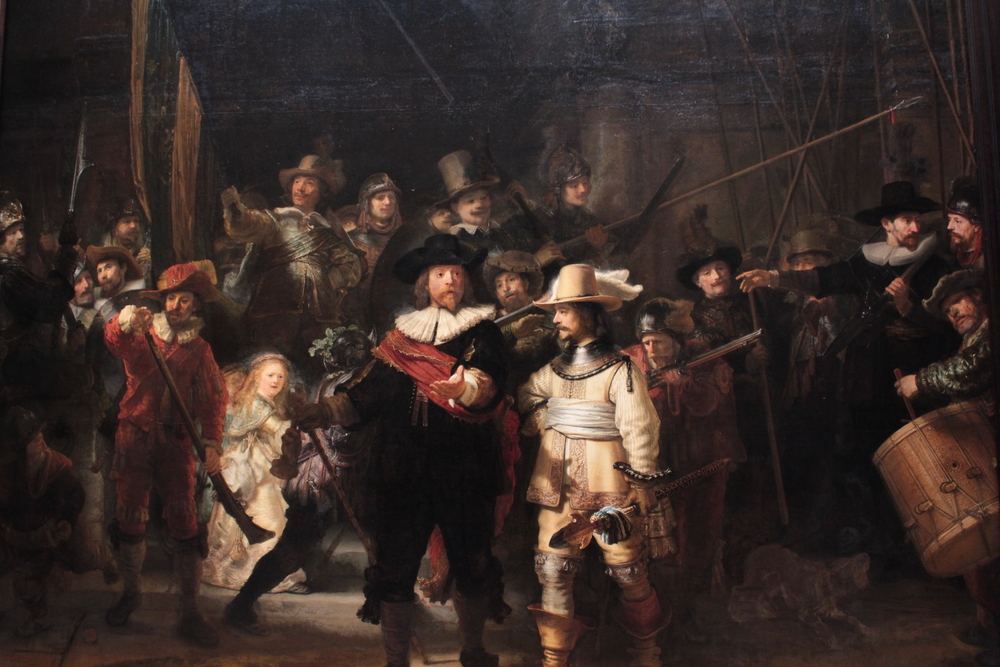
Rembrandt’s The Night Watch, painted with oil on canvas, is a large-scale group portrait that defies traditional composition with dynamic movement and lighting. It depicts a militia group, highlighting individual characters in a lively scene rather than stiffly posed. This innovative approach gave the painting a sense of realism and action uncommon in group portraits of its time. The Night Watch shifted the standard for portraiture, influencing generations of artists to explore narrative in their work. Today, it’s admired for its drama, lighting, and storytelling power.
Liberty Leading the People by Eugène Delacroix (1830)
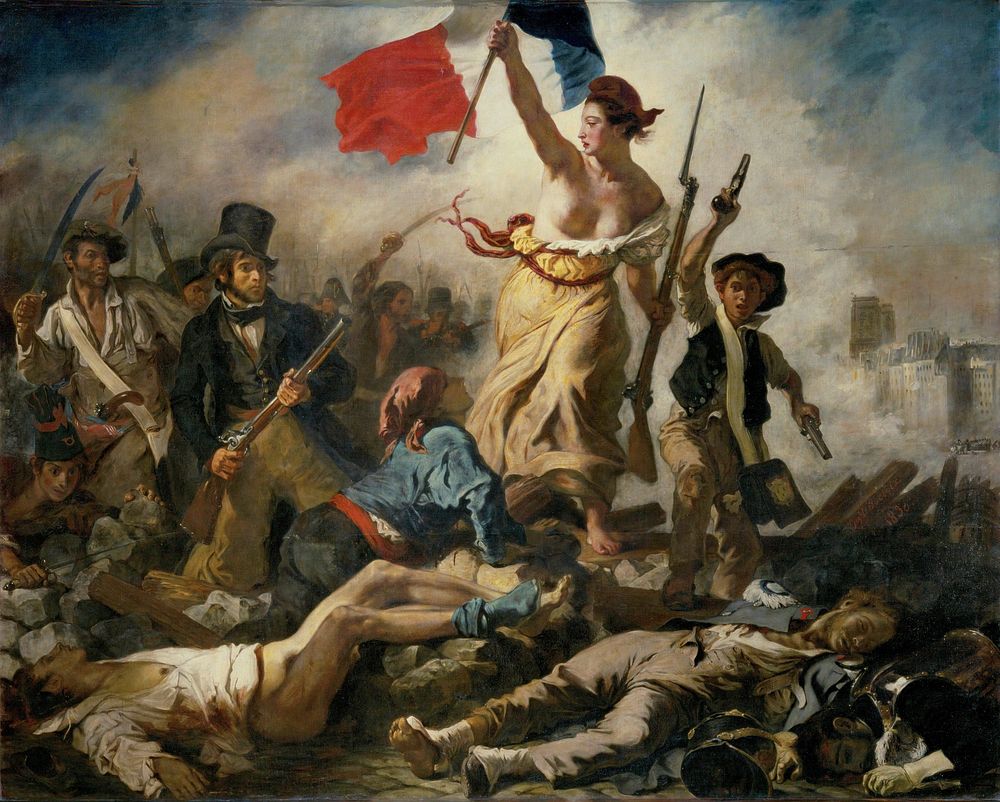
Delacroix’s Liberty Leading the People, painted with oil on canvas, is an iconic representation of the French Revolution. It depicts a woman symbolizing Liberty, leading fighters forward with the French flag, embodying freedom and defiance. Delacroix’s dynamic, passionate style helped establish Romanticism in painting, capturing the spirit of rebellion and hope. This artwork remains a powerful political symbol, inspiring works that celebrate freedom and justice. Its influence spans art, literature, and film, reminding us of the enduring ideals of liberty and resistance.
The School of Athens by Raphael (c. 1509-1511)
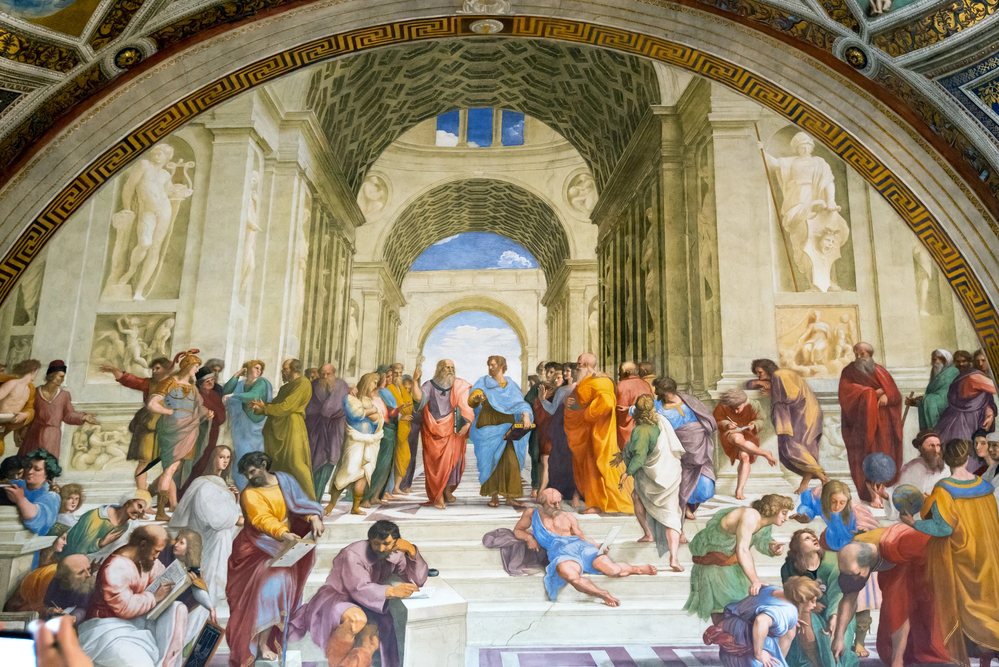
Painted as a fresco on the walls of the Vatican, Raphael’s The School of Athens celebrates classical knowledge by depicting philosophers like Plato and Aristotle. The artwork showcases the balance and harmony of Renaissance art and reflects the era’s reverence for ancient wisdom. Raphael’s use of perspective and realism was revolutionary, cementing his place as one of the great masters. Today, The School of Athens symbolizes the value of learning and intellectual pursuit. It continues to inspire artists and academics as a tribute to human knowledge.
The Arnolfini Portrait by Jan van Eyck (1434)
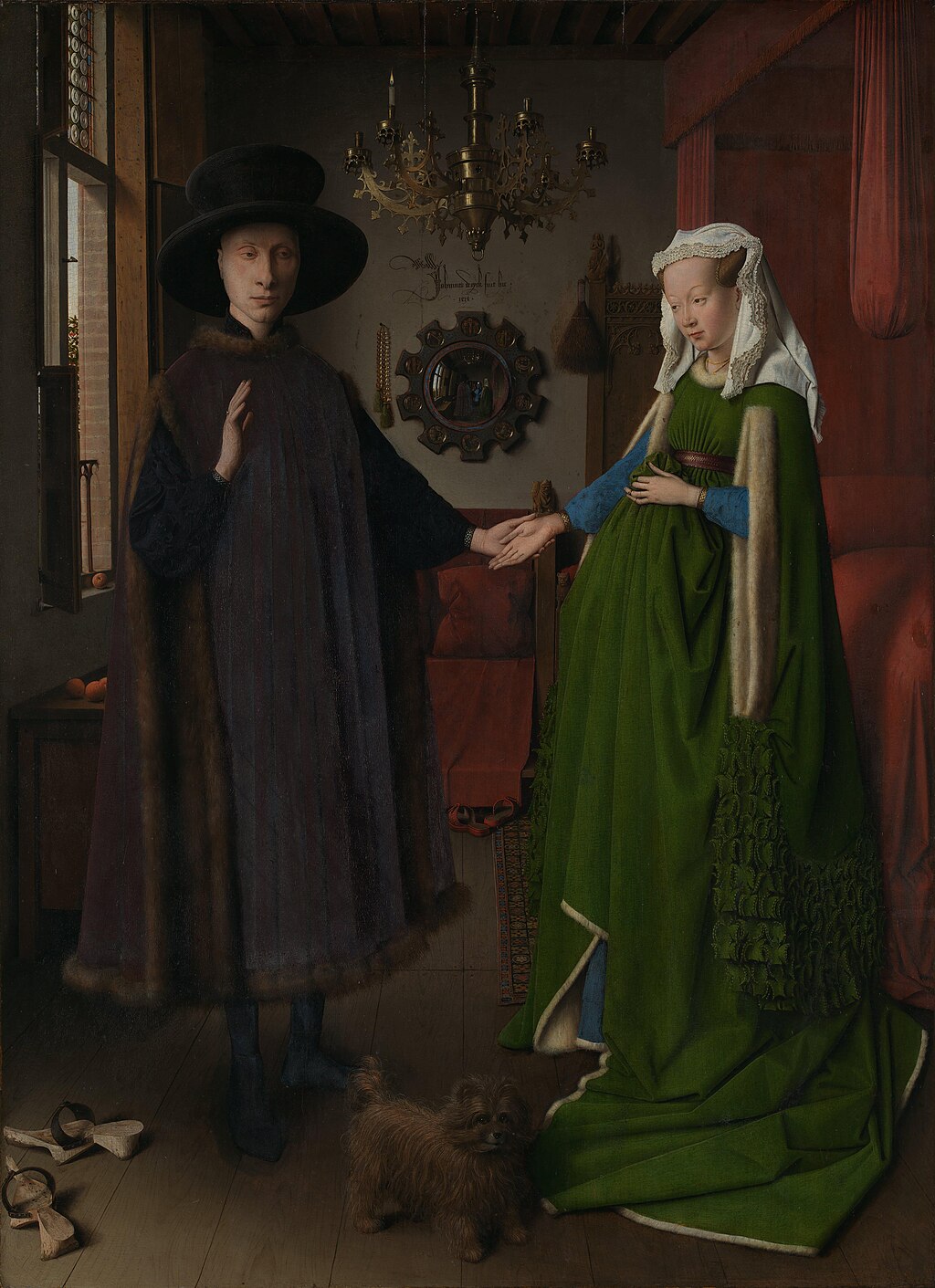
Painted with oil on oak panel, Jan van Eyck’s Arnolfini Portrait is a masterful work of detail and symbolism. The painting depicts a couple in a domestic setting, with intricate textures and symbolic objects that hint at marriage and wealth. Van Eyck’s use of oil paint allowed for unprecedented realism, setting a new standard for texture and light. This artwork influenced the development of oil painting and is revered for its mysterious iconography. It still fascinates viewers, sparking debates about its symbolism and meaning.
Las Meninas by Diego Velázquez (1656)
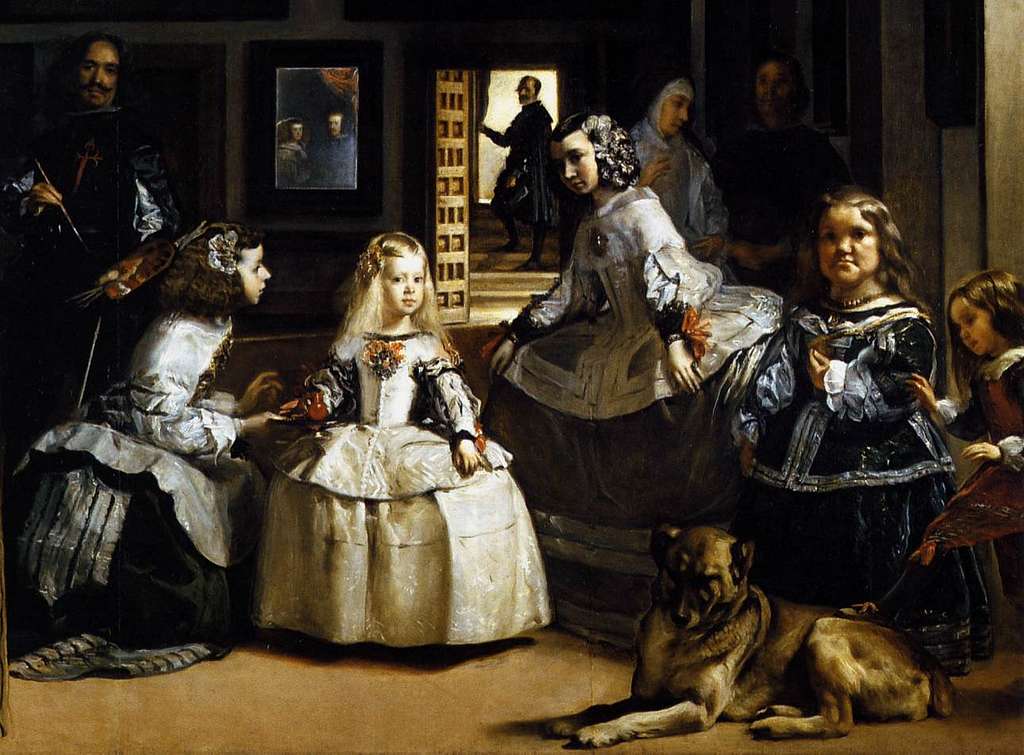
Las Meninas is an oil painting by Diego Velázquez that captures a complex, dynamic scene with the artist himself among Spanish royalty. This innovative work plays with perspective, creating a sense of depth and interaction between viewer and subject. Velázquez’s use of light and reflection was groundbreaking, blurring the lines between portraiture and narrative. Las Meninas challenges the role of the viewer, as we become part of the scene. It remains influential in exploring perspective, reality, and self-identity in art.
American Gothic by Grant Wood (1930)
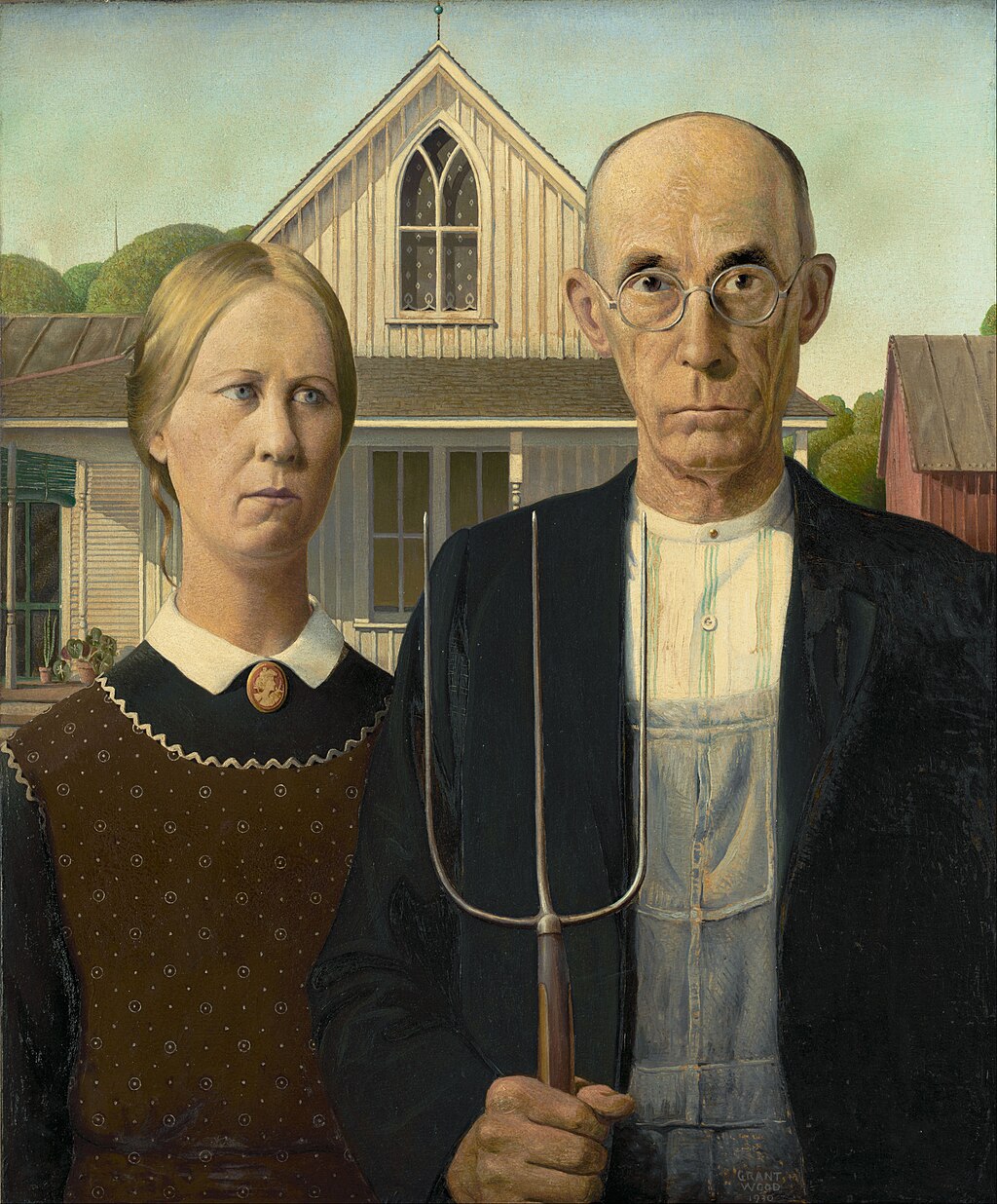
Grant Wood’s American Gothic, painted in oil on beaverboard, portrays a farmer and his daughter, symbolizing American rural life. The figures’ stern expressions and detailed surroundings reflect both pride and hardship. This piece became an icon of American art, sparking interpretations about the nation’s values during the Great Depression. American Gothic continues to resonate as a symbol of resilience and simplicity. It has inspired countless parodies, reflecting its lasting impact on American culture.
The Kiss by Gustav Klimt (1907-1908)
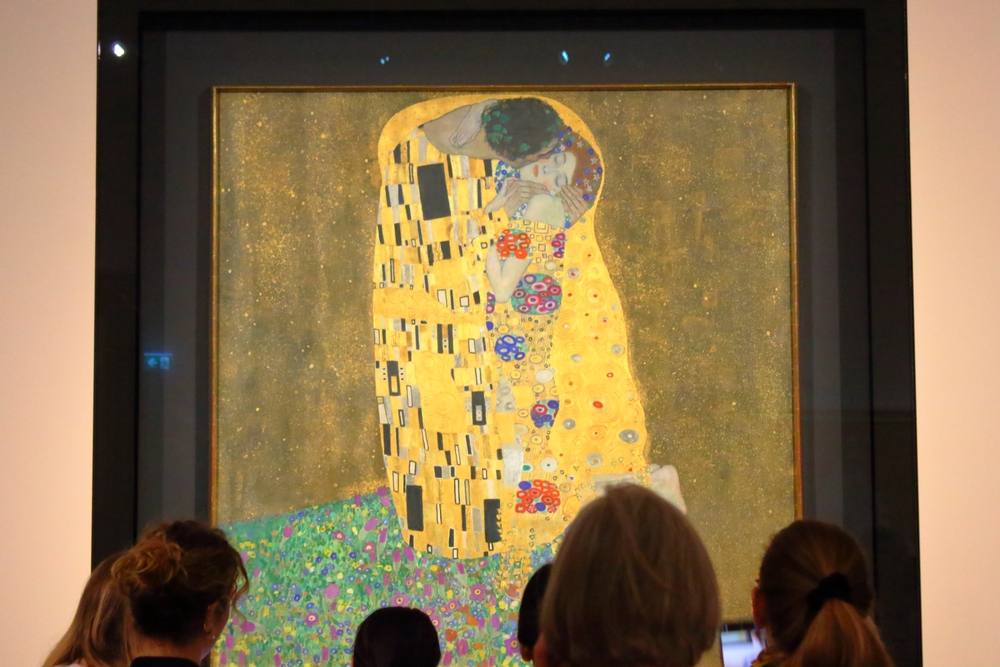
Painted with oil and gold leaf on canvas, Gustav Klimt’s The Kiss embodies the beauty and sensuality of love. The entwined figures are adorned in elaborate patterns, merging symbolist and decorative styles. Klimt’s use of gold and ornamentation was a departure from traditional portraiture, emphasizing romance and fantasy. The Kiss is now seen as an icon of affection and desire, inspiring modern representations of love. It remains one of the most beloved images in art history.
Les Demoiselles d’Avignon by Pablo Picasso (1907)
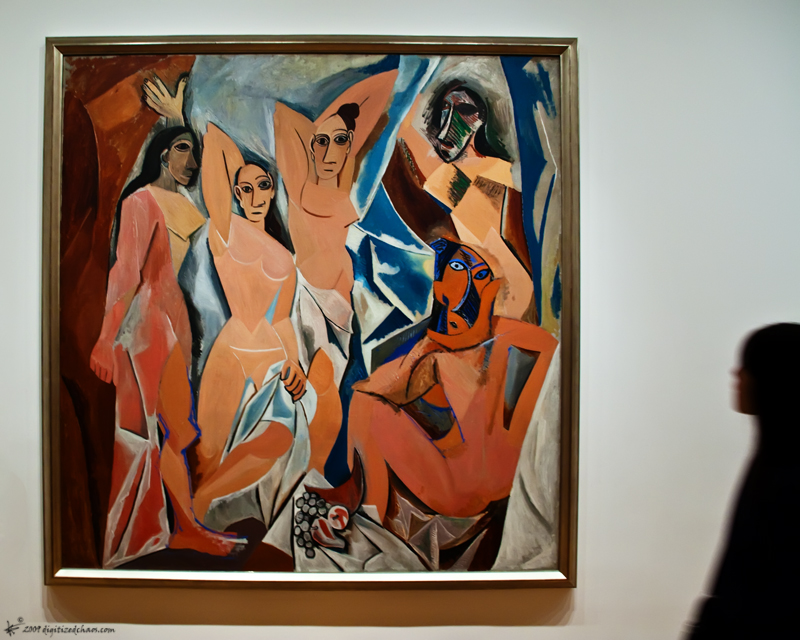
Picasso’s Les Demoiselles d’Avignon marked a turning point in modern art with its fragmented forms and multiple perspectives. Painted with oil on canvas, it broke away from traditional representations, laying the groundwork for Cubism. The bold, angular shapes and unconventional beauty challenged viewers and set a precedent for abstraction. Les Demoiselles reshaped ideas of form and inspired countless artists in the 20th century. Today, it’s celebrated as a radical shift that opened new paths for creative expression.
Water Lilies series by Claude Monet (c. 1914-1926)
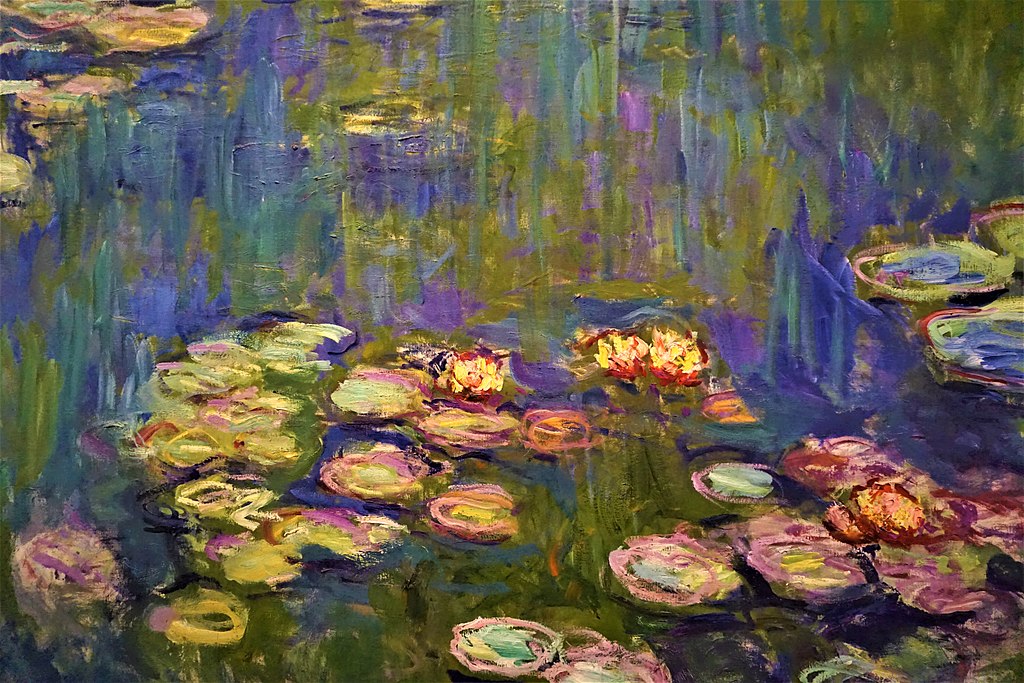
Monet’s Water Lilies series, painted on large canvases with oil, captures nature’s beauty in his signature Impressionist style. Each canvas shows a tranquil pond, with reflections and colors that seem to move and change. Monet’s use of color and light allowed him to capture fleeting moments, influencing the way nature is represented. This series has become emblematic of peaceful, meditative beauty. It continues to inspire artists, especially those focused on landscape and abstract expression.
Impression, Sunrise by Claude Monet (1872)
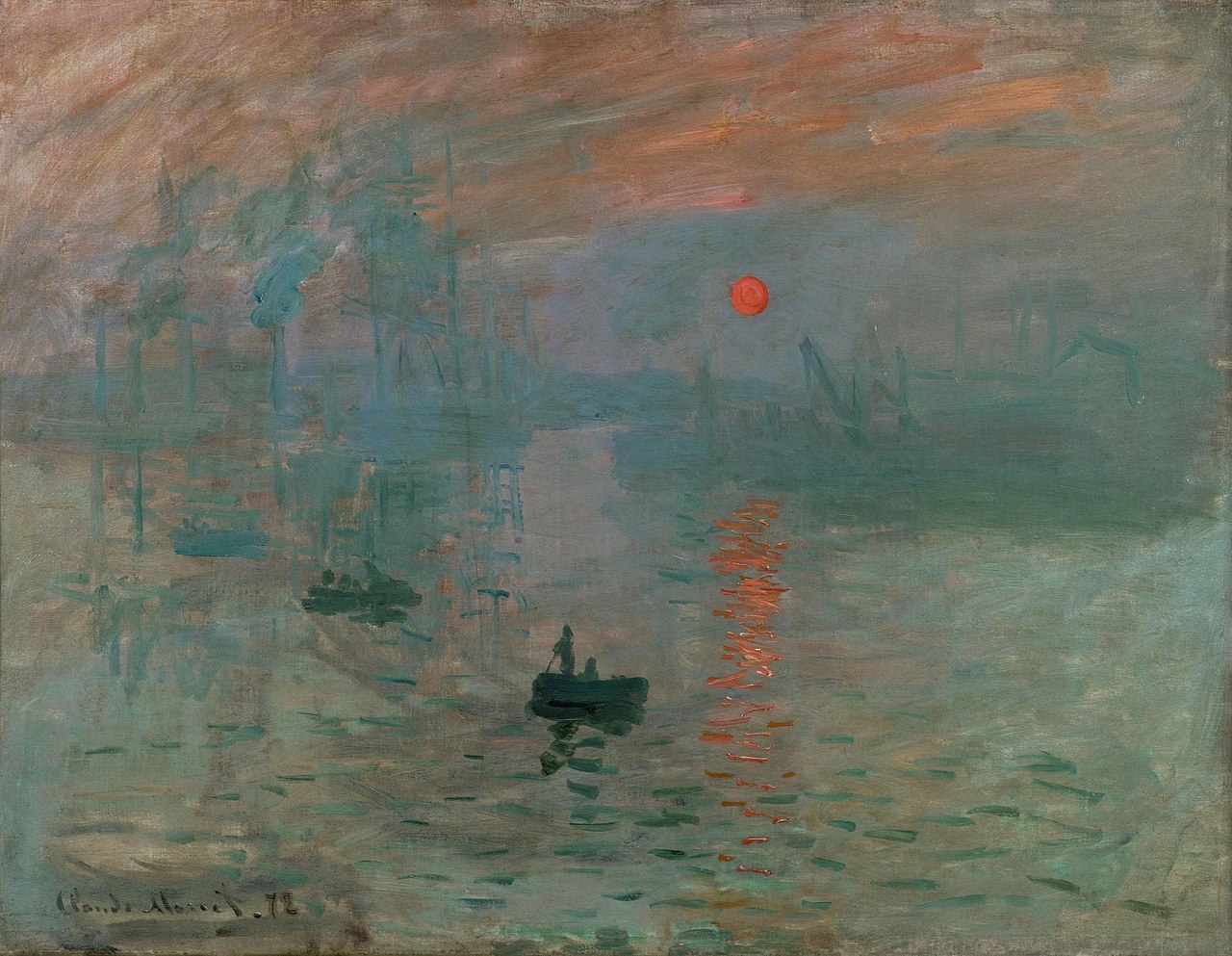
Claude Monet’s Impression, Sunrise, an oil painting on canvas, sparked the entire Impressionist movement with its loose brushwork and focus on light. It portrays a hazy sunrise over the port of Le Havre, capturing the fleeting effects of light and atmosphere. Critics initially rejected it, but the style soon became celebrated for its focus on perception rather than detail. This work changed how artists approached everyday scenes, emphasizing mood over realism. Impression, Sunrise still influences modern art and photography, showing the beauty in subtle, momentary impressions.
Composition VIII by Wassily Kandinsky (1923)
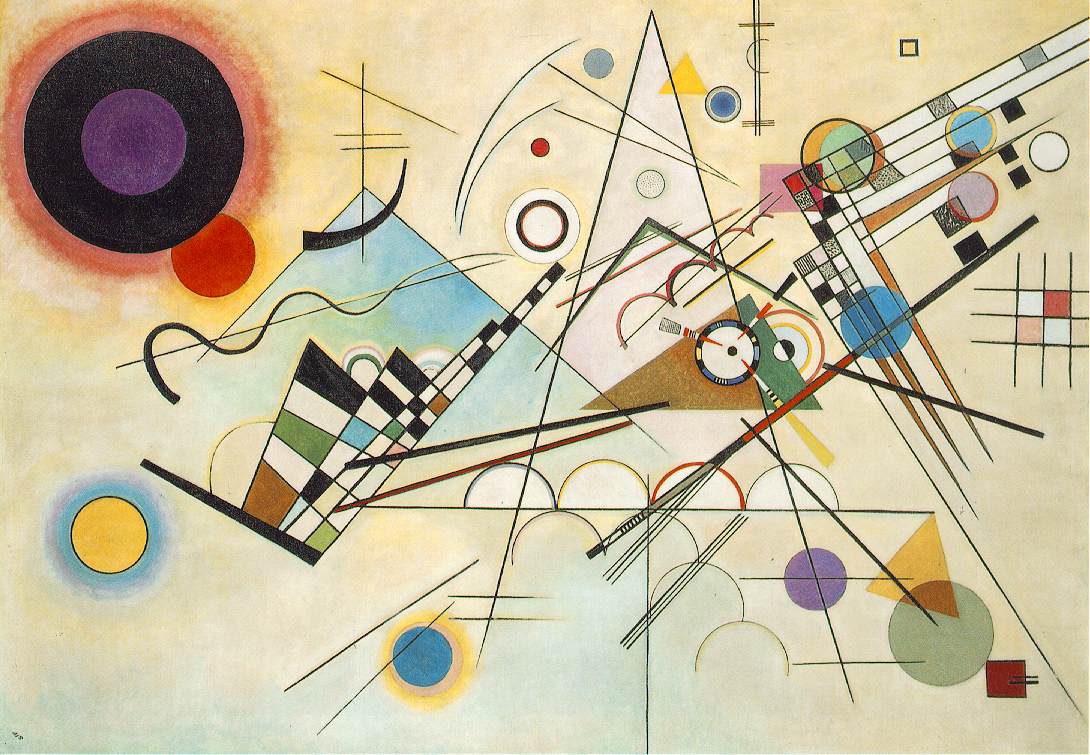
Composition VIII, painted with oil on canvas, reflects Wassily Kandinsky’s pioneering exploration of abstract art. The geometric shapes and vivid colors convey emotion and energy without relying on traditional forms. Kandinsky believed art could evoke feelings directly through color and shape, laying the groundwork for non-representational art. This piece influenced abstract and modern art, opening up new possibilities for expression. Today, it’s admired for its bold originality and remains a foundation of abstract theory.
Nighthawks by Edward Hopper (1942)
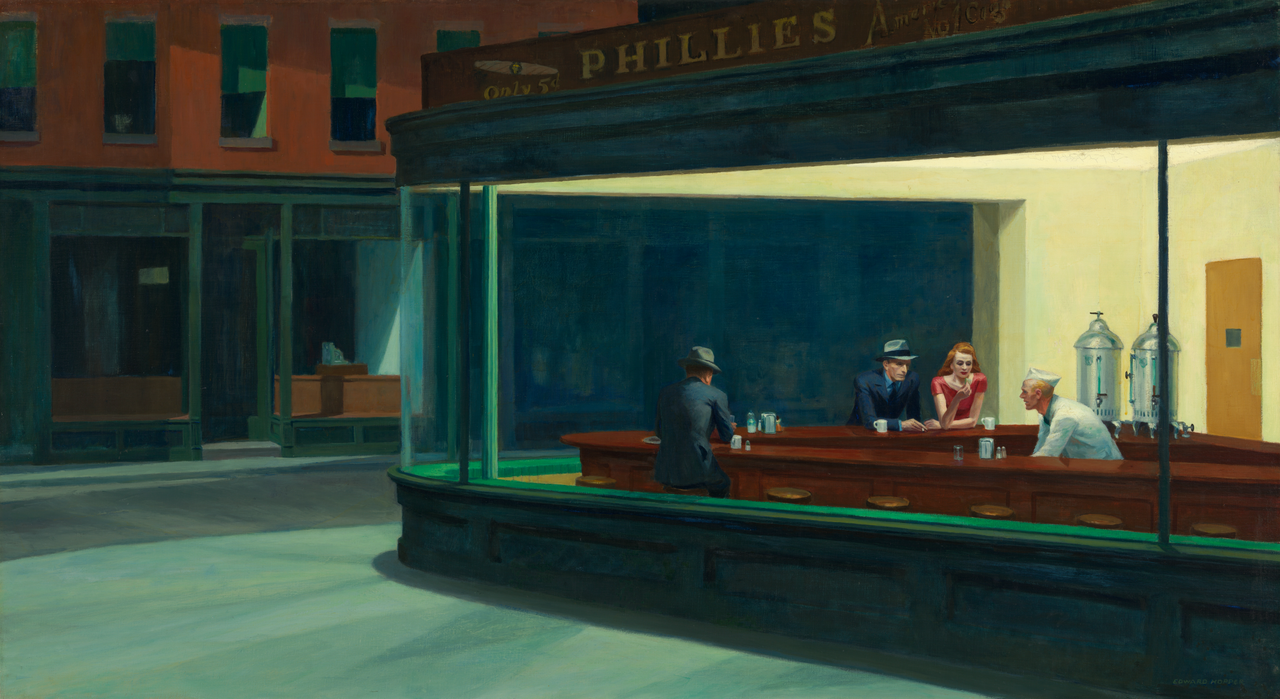
Edward Hopper’s Nighthawks, painted with oil on canvas, depicts a late-night diner scene that feels both inviting and isolating. The painting’s use of light and shadow captures the loneliness of urban life, resonating with viewers across generations. Hopper’s realistic yet stylized approach makes everyday moments feel cinematic, bringing an intimate look at American life. Nighthawks continues to influence film, photography, and painting, symbolizing solitude within city life. It remains an iconic image of 20th-century American art.
Campbell’s Soup Cans by Andy Warhol (1962)
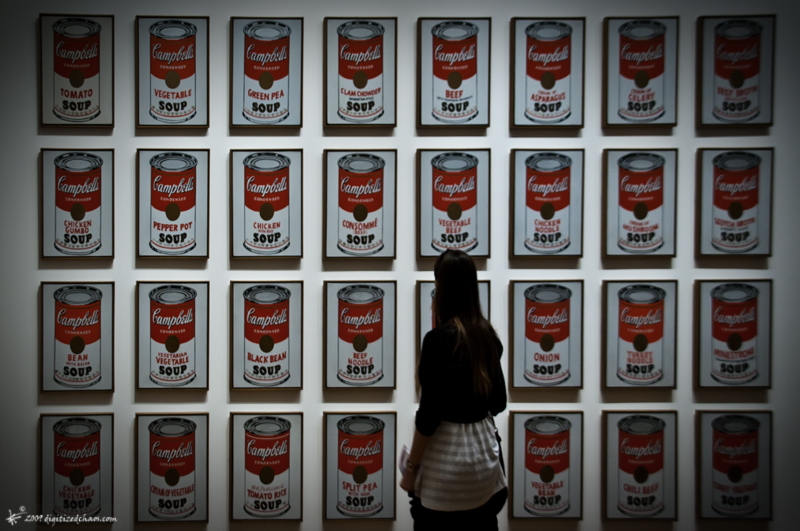
Warhol’s Campbell’s Soup Cans, a series of silkscreened prints, turned everyday consumer products into fine art. By depicting soup cans, Warhol challenged the boundary between commercial and high art, helping to launch the Pop Art movement. This work commented on mass production and consumerism, making art accessible and relevant to popular culture. Campbell’s Soup Cans blurred the lines between art and commerce, shaping modern perceptions of creativity. Today, it’s a cornerstone of contemporary art, continuing to influence design, advertising, and pop culture.
This article originally appeared on UnifyCosmos.
More from UnifyCosmos
16 Homemade Exfoliating Scrubs for Brighter Skin

When it comes to achieving brighter, glowing skin, exfoliation plays a key role. Homemade exfoliating scrubs made from simple, natural ingredients can gently slough off dead skin cells and reveal fresh, radiant skin underneath. Read More
19 Skincare Tools That Make a Big Difference

Taking care of your skin doesn’t always require a cabinet full of products; sometimes the right tools can make all the difference. From high-tech gadgets to simple, effective instruments, these skincare tools help target specific concerns and enhance your routine. Read More
10 Creative Home Workouts for Every Fitness Level

Staying fit at home doesn’t have to mean repeating the same old exercises. With a little creativity, you can build a fun, challenging routine that keeps things fresh and effective. Read More
Leave a Reply